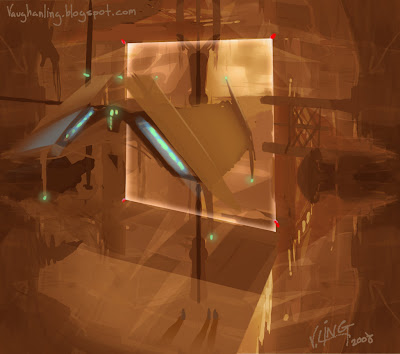
To fill out the 365 days a number of blank days or occasional intercalary months were used. In its most primitive form the Roman calendar apparently had 10 months, which were (to use corresponding English terms whenever possible): March (31 days), April (29 days), May (31 days), June (29 days), Quintilis (31 days), Sextilis (29 days), September (29 days), October (31 days), November (29 days), and December (29 days). Development of the Modern Calendar The Early Roman Calendar The prevailing modern method of constructing a calendar in the Christian West came originally from the Egyptians, who worked out a formula for the solar year (12 months of 30 days each, five extra days a year, and an extra day every four years) that was to be adopted later by the Romans. There were, therefore, various efforts to reconcile the count in solar, lunar, and semilunar calendars, from the Egyptians and the Greeks to the Chinese and the Maya. Reckoning of day and year was considered necessary by many ancient peoples to determine sacred days, to arrange plans for the future, and to keep some intelligible record of the past. If calculations are by the lunar cycle, the surplus of the solar over the lunar year (365 over 354) can be somewhat rectified by adding an intercalary month of 33 days every three years. This fourth year with its intercalary day is the leap year. Similarly four years of about 365 1-4 days each can be approximated by taking three years of 365 days and a fourth year of 366.
French revolutionary calendar 5 year wall series#
The simplest form of this is shown in ancient calendars which have series of months alternating between 30 and 29 days, thus arriving at mean months of 29 1-2 days each. The fact that months and years cannot be divided exactly by days and that the years cannot be easily divided into months has led to the device of intercalation (i.e., the insertion of extra days or months into a calendar to make it more accurate). Some peoples have simply recorded time by the lunar cycle, but, as skill in calculation developed, the prevailing calculations generally came to depend upon a combination.

The discrepancy between the years is inescapable, and one of the major problems since early days has been to reconcile and harmonize solar and lunar reckonings. The moon passes through its phases in about 29 1-2 days therefore, 12 lunar months (called a lunar year) amount to more than 354 days 8 hr 48 min. The earth completes its orbit about the sun in 365 days 5 hr 48 min 46 sec-the length of the solar year.

Click the link for more information., and the recurrent phases of the moon.

, in astronomy, either of the two points on the ecliptic that lie midway between the equinoxes (separated from them by an angular distance of 90°).

Click the link for more information. and solstice solstice The vernal equinox, also known as "the first point of Aries," is the point at which the sun appears to cross the celestial equator from south to north. , either of two points on the celestial sphere where the ecliptic and the celestial equator intersect. The calendar is based on noting ordinary and easily observable natural events, the cycle of the sun through the seasons with equinox equinox Calendar, system of reckoning time for the practical purpose of recording past events and calculating dates for future plans.


 0 kommentar(er)
0 kommentar(er)
